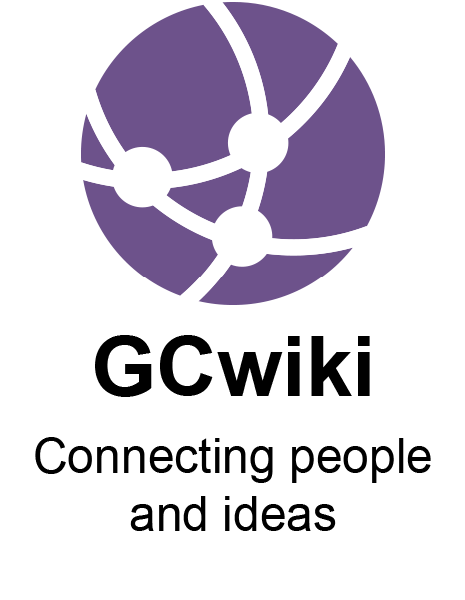Important: The GCConnex decommission will not affect GCCollab or GCWiki. Thank you and happy collaborating!
Difference between revisions of "What is Regulatory Experimentation?"
| Line 30: | Line 30: | ||
|- | |- | ||
| style="width:33%; vertical-align:top; padding:10px; border-right: 1px solid #eeeeee;" | | | style="width:33%; vertical-align:top; padding:10px; border-right: 1px solid #eeeeee;" | | ||
| − | |||
<div style="font-size:1.2em; font-weight:bold; margin:10px 0;">A Regulated Product or Service</div> | <div style="font-size:1.2em; font-weight:bold; margin:10px 0;">A Regulated Product or Service</div> | ||
Testing new products, services, or business models that create regulatory uncertainty. Experiments can help understand real-world implications and assess how to regulate them effectively. | Testing new products, services, or business models that create regulatory uncertainty. Experiments can help understand real-world implications and assess how to regulate them effectively. | ||
| style="width:33%; vertical-align:top; padding:10px; border-right: 1px solid #eeeeee;" | | | style="width:33%; vertical-align:top; padding:10px; border-right: 1px solid #eeeeee;" | | ||
| − | |||
<div style="font-size:1.2em; font-weight:bold; margin:10px 0;">A New Approach to Regulating</div> | <div style="font-size:1.2em; font-weight:bold; margin:10px 0;">A New Approach to Regulating</div> | ||
Trialling a new regulation under controlled conditions to monitor its effects before full implementation, allowing regulators to test proposed rules with specific groups to assess their effectiveness. | Trialling a new regulation under controlled conditions to monitor its effects before full implementation, allowing regulators to test proposed rules with specific groups to assess their effectiveness. | ||
| style="width:33%; vertical-align:top; padding:10px;" | | | style="width:33%; vertical-align:top; padding:10px;" | | ||
| − | |||
<div style="font-size:1.2em; font-weight:bold; margin:10px 0;">A Regulatory Process</div> | <div style="font-size:1.2em; font-weight:bold; margin:10px 0;">A Regulatory Process</div> | ||
Testing different ways of carrying out regulatory activities, such as stakeholder consultations or new compliance and enforcement procedures, to see if they are better than current methods. | Testing different ways of carrying out regulatory activities, such as stakeholder consultations or new compliance and enforcement procedures, to see if they are better than current methods. | ||
Latest revision as of 16:50, 3 October 2025
| Home | Regulatory Sandbox | Regulatory Experimentation | REEF | RCF | Projects | RegTech Forum | Tools |
|
What is Regulatory Experimentation?
Experimentation can mean different things to different people. At its loosest, an ‘experiment’ is sometimes used to mean ‘trying out something new,’ while stricter definitions require very specific criteria. The Centre for Regulatory Innovation’s (CRI) focus is on regulatory experimentation. Our definition is:
| |||
|
Examples of Regulatory Experiments
| |||
|
Why Experiment?
The core reason to undertake regulatory experimentation is to provide high-quality evidence to inform regulatory decision making. It can be useful for several reasons:
| |||
|
How We Can Help
The CRI’s goals include creating opportunities for regulatory experimentation and helping federal regulators embed experimental learnings into regulation. The CRI can support regulators with the design and implementation of regulatory experiments through guidance and funding available through the Regulatory Experimentation Expense Fund. For further information, please contact the CRI at: cri-cir@tbs-sct.gc.ca |

